Ashkan Salehian
Iran (IP) - The literature of Persia is among the oldest in the world, spanning thousands of years, and has influenced the literary works of many other cultures.

Persian literature, the body of writings in New Persian (also called Modern Persian), is composed in the form of the Persian language written since the 9th century. The literary form of New Persian is known as Farsi in Iran, where it is the country’s official language, and as Dari in Afghanistan, where it and Pashto are official languages. It is written with a Cyrillic alphabet by Tajiks in Tajikistan and Uzbekistan. For centuries New Persian has also been a prestigious cultural language in western Central Asia, on the Indian subcontinent, and in Turkey.
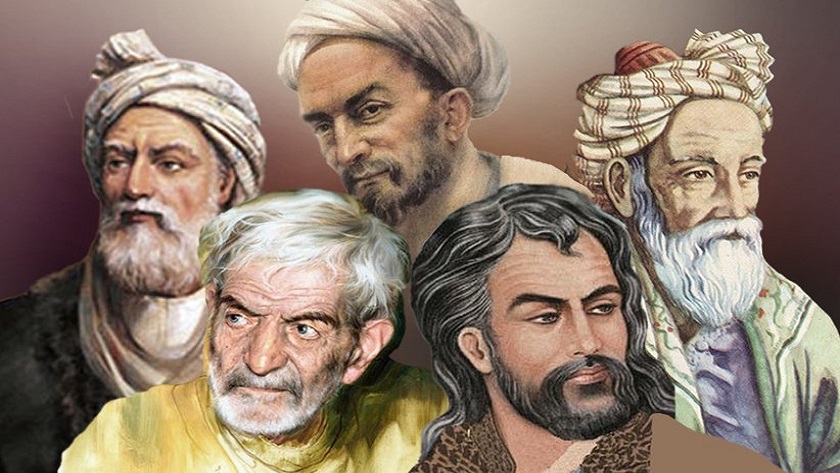
A brief history of Persian Literature
Persian literature spans two and a half millennia, though much of the pre-Islamic material has been lost. Its sources often come from far-flung regions beyond the borders of present-day Iran, as the Persian language flourished and survives across wide swaths of Central Asia.

Pre-Islamic Iranian literature
Very few literary works have remained from ancient Persia. Most of these consist of the royal inscriptions of Achaemenid kings, particularly Darius I (522-486 BC) and his son Xerxes. Zoroastrian writings were mainly destroyed in the Islamic conquest of Iran. The Parsis who fled to India however took with them some of the books of the Zoroastrian canon, including some of the Avesta and ancient commentaries (Zend) thereof. Some works of Sassanid geography and travel also survived albeit in Arabic translations.
Early Literature
Though existing fragments of Persian verse are believed to date from as early as the eighth century CE, the history of Persian literature proper begins with the lesser dynasties of the ninth and tenth centuries that emerged with the decline of the Caliphate. The most important of these were the Samanids, who established at Bokhara the first of many brilliant courts that were to patronize learning and letters. The most famous of the court poets were Rudaki and Daqiqi. Rudaki, generally regarded as the first of the great Persian poets, wrote a very large quantity of verse, of which but little has survived. His style direct, simple and unadorned was to appear unpolished to some of the over-elaborate versifiers of later ages, but appeals more to modem tastes.
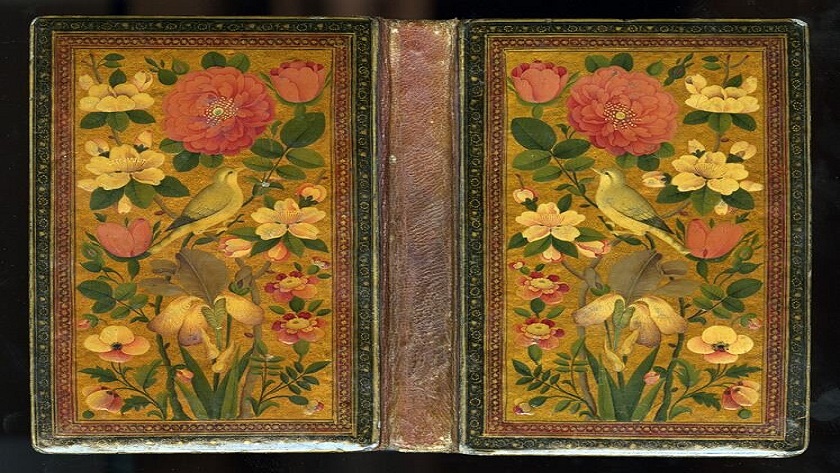
Daqiqi, a composer of epics, was commissioned to write a work on the ancient kings of Persia, but only completed a thousand couplets before his death. Some of these were later incorporated into the celebrated Ferdowsi's Shahnameh.
Golden Age Literature
The first group of major Persian poets gathered in the court of Mahmud of Ghazna and included Unsuri (d. 1040 or 1049), Farrukhi (d. 1038), Minuchihri (d. 1041), Asadi (d. c.1030/1041), and Ferdowsi. The first four wrote Diwans (collections of poetry that included qasidas, long poems dealing with pre-established themes, such as spring, or long-lost loves). Asadi was a pioneer of the munazara genre—staged disputations between opposing characters or concepts. The major Persian national epic, the Shah-nama, the Book of Kings, was written by Firdawsi to celebrate the mythic pre-Islamic history of Iran, in a style that attempted to exclude usages and expressions of Arabic origin.
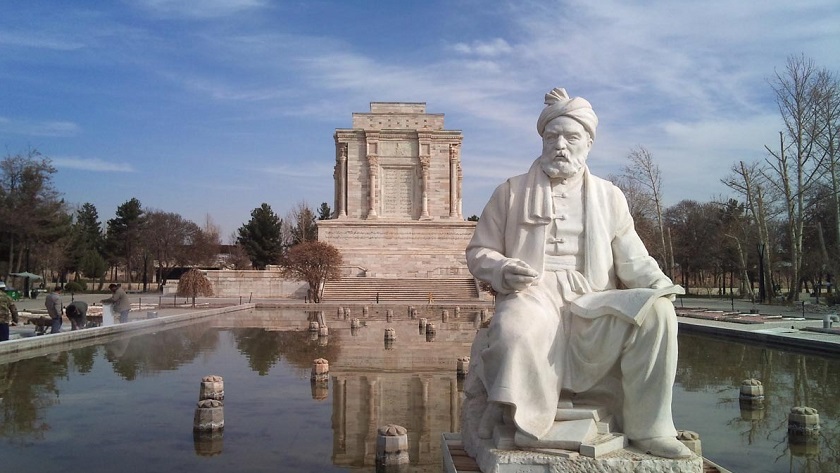
At the heart of the Golden Age of Persian literature were the mystic and didactic works of Sadi and Jalal ad-Din Rumi. Also worth noting are Iraqi (d. c.1288), author of the Lamaat, a mystic compendium of prose and poetry with pantheistic inclinations, and Amir Khusraw (1253–1324), a Persian-speaking Indian poet. The culmination of the Golden Age comes with the work of the poet Hafiz. While mysticism was the dominant strain of Persian poetry, Persian learning was emerging in philosophical, historical, and scientific writings.
Related News: Shahnameh's Epic depicted in Moscow

Persian Literature Significance
A significant feature of Persian poetry that distinguishes it from most verses written in a European language is that almost all of it from the earliest poems, written over a thousand years ago, to the present day remains relatively accessible to a contemporary speaker of the language.
The Persian language, especially its literary form, has remained far more stable over the past millennium than is true of most European languages.
A fairly extensive prose literature, mainly of a narrative, anecdotal, and moralizing kind also flourished, but it is overshadowed by poetry in terms of quality and quantity alike. In fact, poetry is the art par excellence of Persia and her salient cultural achievement.
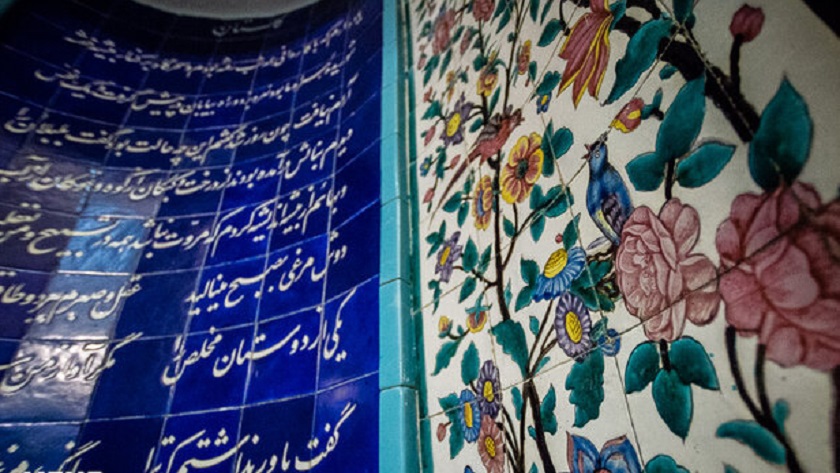
Some notable literary figures
Ferdowsi (c. 940–1020),
Abul-Qasem Ferdowsi Tusi is the author of Shahnameh ("Book of Kings"), which is one of the world's longest epic poems created by a single poet, and the national epic of Greater Iran, containing many amazing tales about Persian mythical heroes such as Rostam.
Hafez (1315-1390)
Khwaja Shams-od-Din Mohammad Hafez-e Shirazi, known by his pen name Hafez, is regarded by many Iranians as a major figure contributing great inspiration to the bulk of Persian literature.
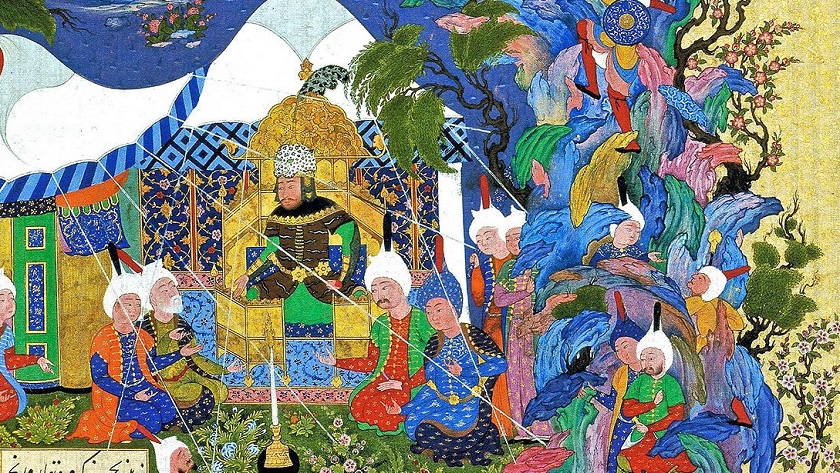
Saadi (1210 - 1291 or 1292)
Abu-Mohammad Muslih al-Din bin Abdollah, better known by his pen-name Saadi, was born in Shiraz and was a major Persian poet and prose writer of the medieval period. His mastery over language is uncontested, and the quality of his writings has earned him the title "Master of Speech" among Iranians.
Rumi (1207 – 1273)
Jalal ad-Din Mohammad Rumi, better known in Iran as Molana/Molavai (“our master/my master”) and in the world as Rumi, was a 13th-century Persian poet, Islamic scholar, theologian, and Sufi mystic originally from Greater Khorasan in Greater Iran. Rumi's influence goes beyond national borders and ethnic divisions: Iranians, Tajiks, Turks, Greeks, Pashtuns, other Central Asian Muslims.
Khayyam (1048 – 1131)
Born in Nishabur in northeastern Iran, Omar Khayyam was a Persian mathematician, astronomer, philosopher, and poet. As an astronomer, he designed the Jalali calendar, a solar calendar with a very precise 33-year intercalation cycle. There is a tradition of attributing poetry to Omar Khayyam, written in the form of quatrains.
Nizami Ganjavi (1141–1209)
Nizami, born at Ganja in the Caucasus in 1140, was a prolific writer famous especially for his Khamseh or Quintet, a series of five great romances and epics. These consist of the Makhzan al-Asrar or Treasure House of Secrets, a mystical epic inspired by Sana'i; the popular romances Khosrow o Shirin and Laila o Majnun; the Iskandar Nameh or Story of Alexander, and the Haft Paikar, the life story of Bahram Gur. Nizami's style is original and, colorful; his works enjoyed great popularity, and episodes from his romantic poems were favorite subjects for miniature painters.

Persian Literature Legacy
Persian literature is the jewel in the crown of Persian culture. It has profoundly influenced the literatures of Ottoman Turkey, Muslim India and Turkic Central Asia and has been a source of inspiration for Goethe, Emerson, Matthew Arnold and Jorge Luis Borges among others.
Notable literary figures continue the great works of old Persian masters. Adib, Bahar, Lahuti, Shahryar, Aref and the poetess Parvin E'tesami. Poets of more recent decades include Nima Yoshij, Ra'di, Khanlari, Islami, Gulchin, Ahmad Shamlou, Mehdi Akhavan Sales, Sohrab Sepehri, and Fereidoon Moshiri. Some of these poets have introduced verse forms new to Persian literature. Here should not be forgotten the great works of Sadeq Hedayat, Sadeq Choubak and many others who enriched the Persian literature.

No comments:
Post a Comment